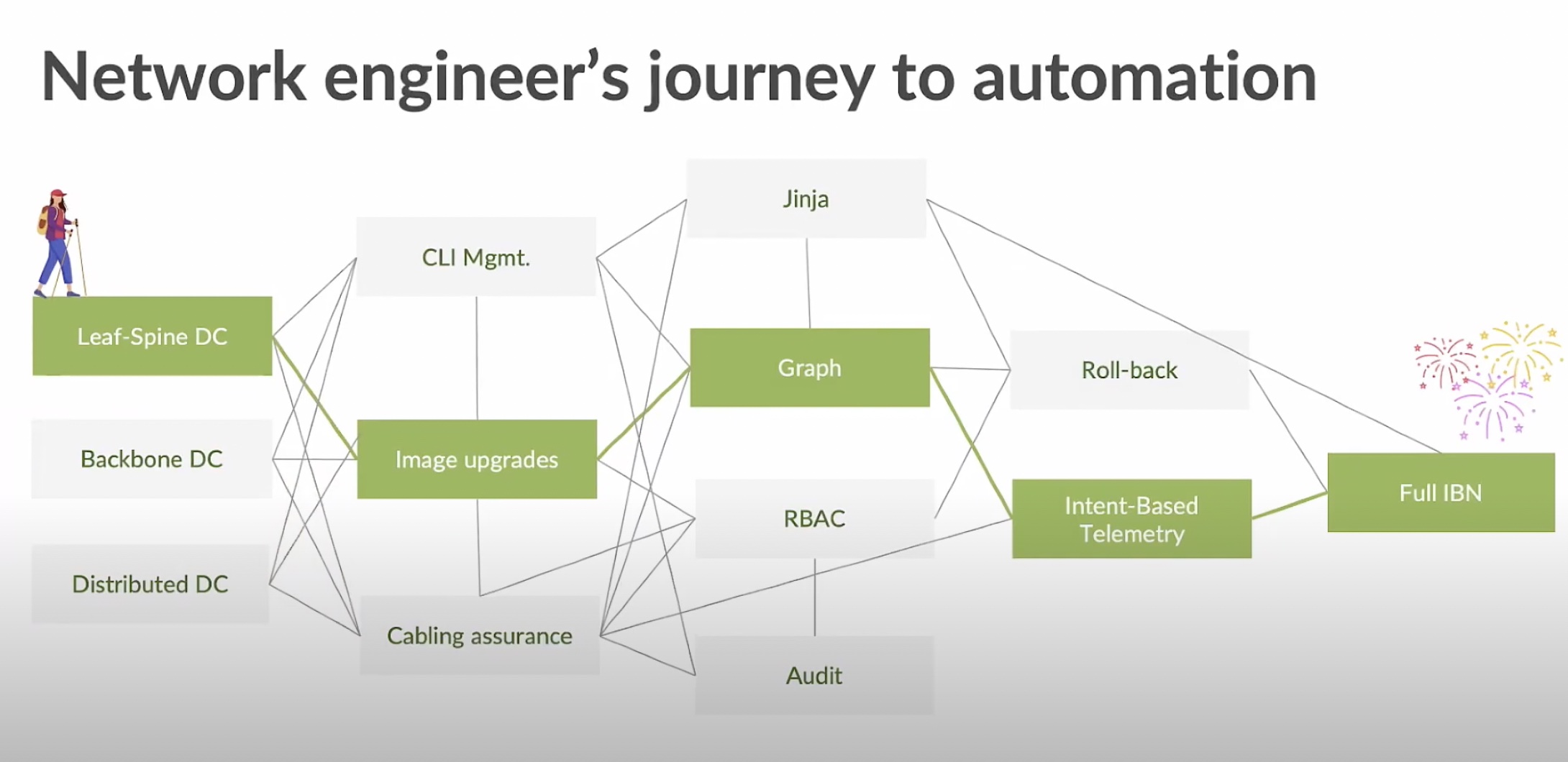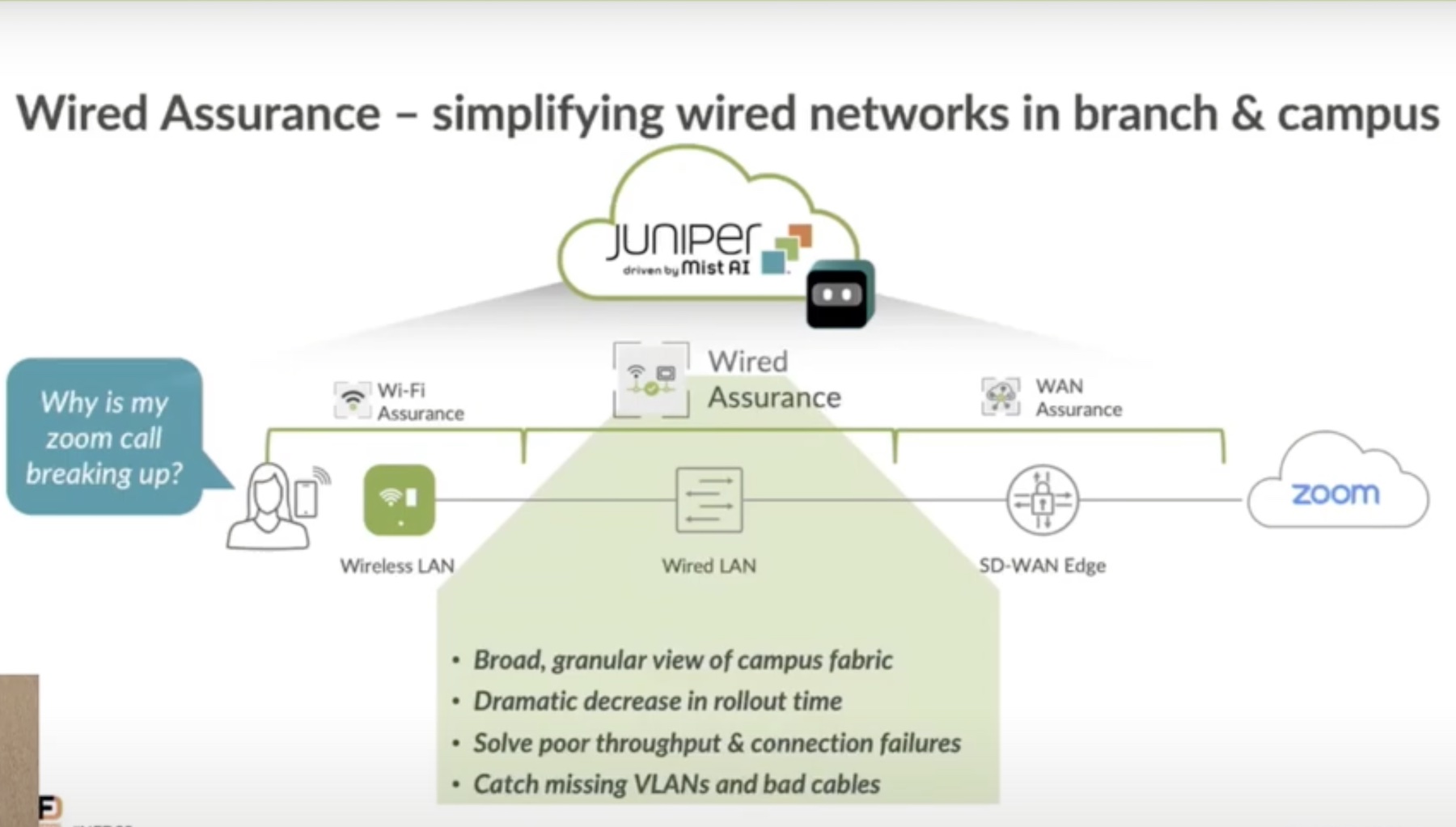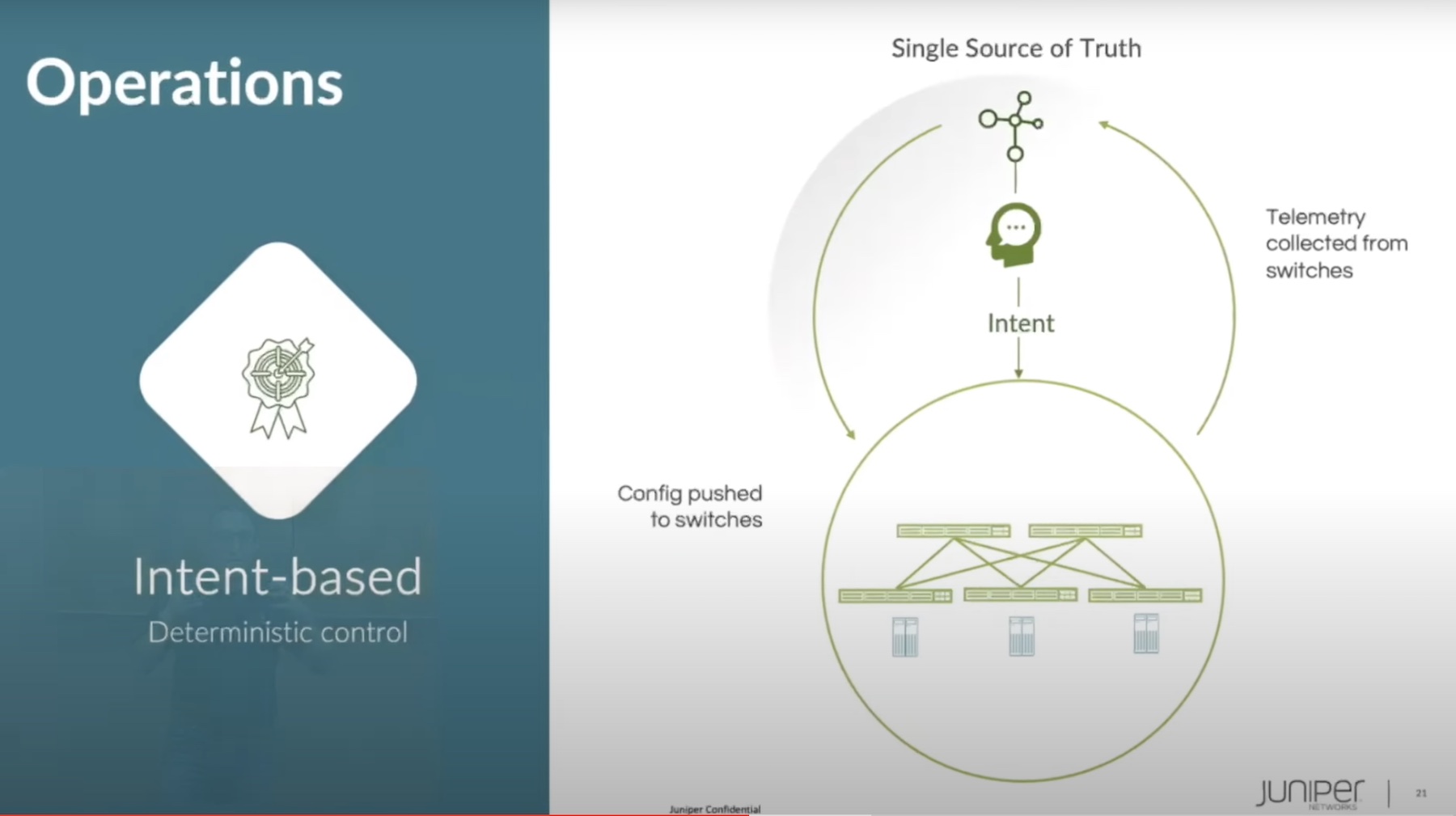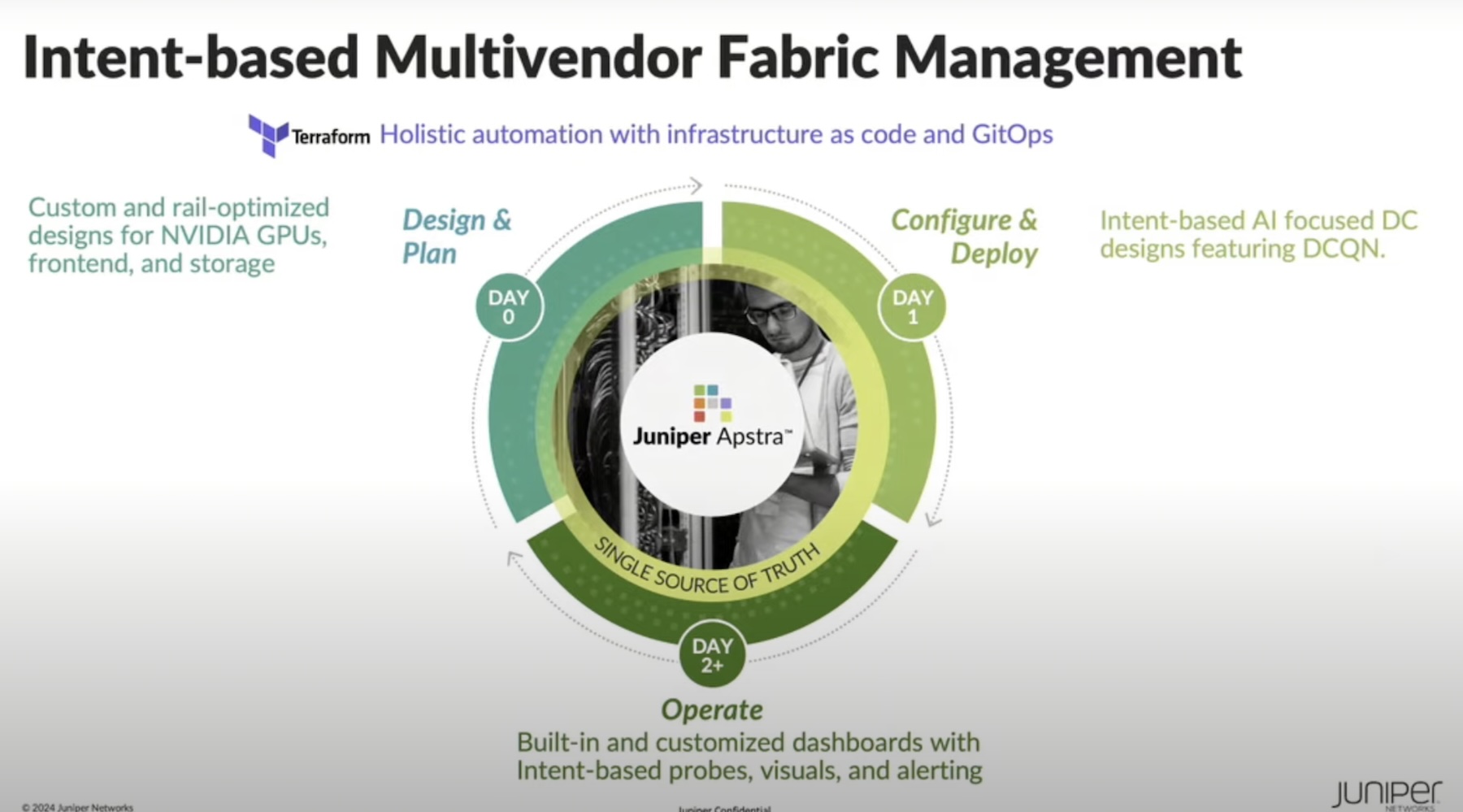Corporate networks are changing, and networking too is with it. Every day, the network boundaries are expanding with the massive increase in devices, IoT, applications and the recent rise of remote work. Realistically, it’s no longer possible, even for a large team, to know everything that’s going on across the network at all given times, let alone keep all the components functioning in unison.
At the recent Mobility Field Day event in California, Juniper Networks showed how with the use of AI/ML, complex network infrastructures can be easily managed and maintained at minimum human intervention. Their secret is their AI assistant – Marvis.
Faster Decisions for Even Performance
Corporate networks can feel overwhelmingly complex to manage owing to their scale and heterogeneity. Issues can appear out of nowhere and when that happens, operators are expected to diffuse an equitable response instantaneously. Most times, this entails split-second decisions. That is a bit of a tall ask from engineers who are occupied most of their working hours trying to find a needle in a haystack.
Admittedly, there are more than enough decision-assist tools to guide them in their pursuits, but without AI/ML, these tools fail to offer users the right choices or recommendations that can potentially boil down a troubleshooting job to minutes. The goal to making faster decisions in networking begins with faster time to know and smart automation can bridge that gap.
Producing New Levels of Efficiency with AI
Implementing AI can go a long way in changing the everyday experience of users. Juniper Networks created a virtual assistant called Marvis that has the cognitive abilities similar to a network engineer. The premise of it is based on helping to manage the “client to cloud experience”. “We have been on a journey to build an AI solution that can manage and operate networks on par with IT human domain experts,” said Juniper Networks’ Chief AI Officer, Bob Friday.
With Marvis, Juniper Networks attempts to build an AI solution with a human level of intelligence. That is no weekend project. Under the hood, Marvis is an algorithm like any other, but it is programmed and trained efficiently to do more things.
Marvis has been a work in progress through the years, with Juniper Networks’ data science team tweaking and tuning it for increasingly better results. As a result of this, Marvis has not only become smarter with time, but it is also the AIOPS piece for the future self-driving action framework that Juniper Networks is building towards.
Juniper Networks takes pride in its Mist customer success team that works jointly with the in-house data science team providing in-depth visibility into the customer experience of every big client on Juniper Networks’ network – that is that fuel that drives their AI journey.
Marvis, a Virtual Network Assistant
At the Mobility Field Day event, the Juniper Networks team presented the journey of Marvis. Bob Friday gave a high-level introduction to the evolution of the technology and Jisheng Wang, Sr. Director of Software Development gave a sneak-peek of the architecture. To wrap it up, him and Sunalini Sankhavaram, Sr. Director of Product Management gave a demo showing Marvis in action.
Data is the cornerstone of any AI technology, and it’s no different for Marvis. Through Marvis, Mist ingests nearly a petabyte of data every day, from wireless, wired, WAN, applications and more. Marvis steps it up by ingesting telemetry from outside the network for visibility into external problems.
A conversational interface powered by the proprietary Mist AI, Marvis can answer any networking question and recommend prescriptive actions. Type in a question or drop a request, and Marvis responds with information in real time. In addition to getting quick answers to questions, Marvis can also be used to obtain reliable analytics and insights. Being a virtual network assistant with NLP capabilities, operators can interact with it the same way team members huddle to discuss an issue. Marvis is now ubiquitous across wireless, wired and route.

Marvis has gotten better over the years, and the reason for this is that the data that is used to train Marvis is the same data that network engineers analyze to solve a problem. Transmitted to cloud, this data is used to train the ML model. In the next step, Juniper Networks will direct more WAN data into Marvis for better training.
At the foundation, Marvis has a hierarchical pipeline that starts in raw input data and ends in actions. Although it performs all the standard functions of sending out notifications and making data correlations, it is really focused on root cause finding. Instead of drowning users with alerts, it tells them the root of a problem and prescribe actions for troubleshooting.
The end goal with Marvis is to deliver customers simplicity through simplified self-driving actions. “The ultimate goal of Marvis is zero support ticket,” says Wang. With Marvis Juniper Networks is driving towards a self-driving network where Marvis can spot, analyze and remediate a problem all by itself. Marvis’ self-driving actions are geared towards ensuring that a problem is resolved long before it shows up at the user-end.
Even though, AI can out-perform its human counterparts in certain areas, not all troubleshooting can be handled by AI as efficiently as some. Juniper Networks admits that there are problems that are outside the expertise of Marvis. But instead of leaving networking engineers to resolve them on their own, it provides step-by-step guidance and insights for those to facilitate troubleshot at minimum response time.
A new addition to their umbrella of AI technologies is the EX4100 series of ethernet switches. Cloud-enabled and AI-powered like the previous EX4400 platform, the EX4100 switches are fully managed by Juniper Mist. The EX4100 lineup is designed from scratch to to optimize AIOPS with rich telemetry. Juniper’s presentation at the recent Mobility Field Day reveals more about their capabilities.
Wrapping Up
Juniper Networks’ Marvis is a futuristic solution. It presents new opportunities and capabilities to enhance and perfect the human experience of the network, but remarkably cuts out human effort from networking. In a network that is overflowing with devices and applications, Marvis continually assesses the components through sound analysis of raw inputs. Through its analytics, recommendations and insights, a bulk of the network problems can be resolved even before they become an end-user problem, and some even preemptively.
To learn more about Marvis, be sure to check out the other presentations by Juniper Networks from the recent Mobility Field Day event.




